You’ve probably heard about a bunch of techniques that are supposed to boost your site rankings on search engines but, here’s the thing, not everything you hear is helpful, in fact, some of these “Best SEO Practices” might end up doing more harm than good.
Table of Contents
ToggleDebunking Outdated SEO Concepts
The thing I want to impress on you is that what worked a few years ago, might lead you to a dead-end today especially if you are just starting out with SEO writing. It’s super-important to filter out the noise. Focus on what works now, not outdated advice that is floating around.
And, if you are in the position of hiring writers or managing content, it is crucial for you to educate your writers and make sure that they are up-to-speed with what’s effective today. So, this lesson is all about, sharing with you, the outdated SEO concepts that might get your site in trouble if you focus too much on them.
The first outdated SEO concept to avoid is to chase after keyword density. Keyword Density, in simple terms, is the percentage of times a keyword or phrase appears in your content compared to the total number of words.

Let me bring back some history. In the past, when search engines were not as sophisticated, content writers had to tell the search engine what the content was about. The only way to do that was stuff the keyword we wanted to rank for, over and over again in the content. Search engines would see this repeated phrase and assume this was the relevant topic.
Keyword Density
Over time, search engines evolved and they punished sites that over-stuffed keywords. SEO Experts came up with the formula for Keyword Density. This was the sweet-spot of letting search engines know what the content is about without being punished by them.
Understanding SEO concepts starts with mastering the basic concepts of SEO, such as keyword optimization, meta tags, and link building.

The sweet-spot was to have a keyword density of 1% to 3%

Here’s the thing. This won’t work anymore. Google and other search engines have become super-smart. When they see a bunch of keywords in your content, they could see this as unnatural. Since this content creator is doing something sneaky! Let’s drop the entire site.
That is if the serch engines think like a human. And, in all honesty, they’re getting close. So, if you or your content writer are still stuck with this old concept of keyword density and getting it right. STOP!
Focus Keyword
The next one on the list is having your focus keyword in the heading tags, like H2 or H3. Not so long ago, this was a good SEO practice because it helps search engine understand what the content is about. But, as I said, they have become super-smart. And search engines don’t need much of a help anymore.
So, if you see our SEO Analysis checklist and your content didn’t pass this check. You don’t have to worry too much about it, if you feel it would be unnaturtal to have keywords in your heading tags.
To build a successful digital strategy, it’s essential to grasp both foundational SEO concepts and advanced SEO concepts like schema markup, algorithm updates, and technical site audits.
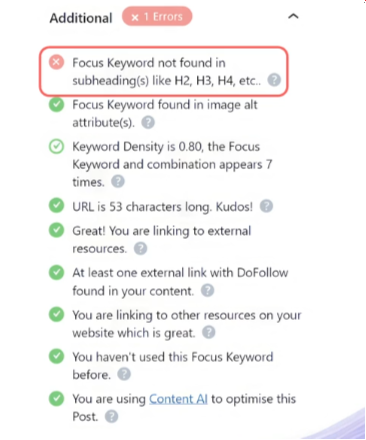
Best Microphone Example
For example, in the past, because it was a best practice. People would do this if they did not hit the 1% to 3% keyword density.
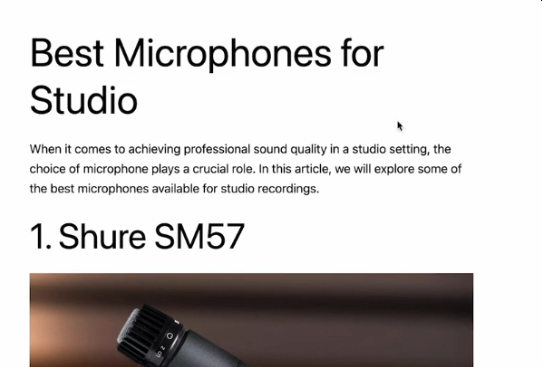
If you are writing an article for “Best Microphone for Studio” they would add the keyword into the H2 tag.
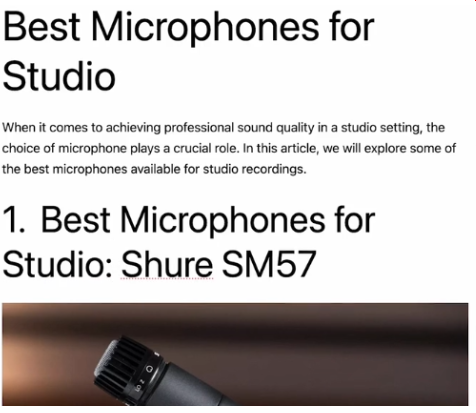
And, because you need to spread out the keywords to avoid being seen as unnatural, you would add another keyword in the 3rd or 4th recommendation. And then the 8th or 9th and so on.
Those were the days and it doesn’t work anymore.
Nowadays it doesn’t feel natural to have so many keywords in the headings but if it is natural to add it in, then by all means.
You should use heading tags to organise your content, not for SEO.
Heading Hierarchy
Every article should have an H1 which is usually the page title. Then a couple of H2s that explain or help people understand what the H1 is about. Then H3s will help people understand the H2. Then H4 will further describe H3s. and so on. There is a hierarchy to follow so that people can easily understand what your content is about.
A solid understanding of SEO concepts lays the groundwork for mastering broader search engine marketing concepts, such as pay-per-click advertising and audience targeting strategies.
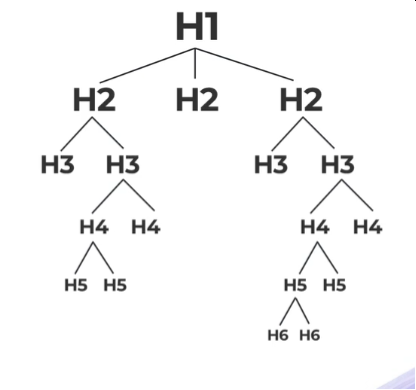
Unnatural Links
The next on the list is “Forced/Irrelevant Internal link“. You see on the SEO Analysis Checklist, we have this check that recommends you have at least one internal link per page. This still stands! Having internal links are still important but if they are irrelevant they could hurt your rankings. Because it seems unnatural. Think about user experience.
Let me share a couple of examples with you. Let’s use the previous example. You’re writing an article about “The Best Microphones for Studio”. If your article anchor text is “Click, here to see our test data”, but you send them to Amazon in the hope that they will buy the product. That’s not good for user experience. And your article could be punished for that.
If this article is about microphones and there is an internal link that send people to another page on your site, that talks about mountain bikes, that’s totally irrelevant. It’s not helping the user experience so there is no point in doing it.
All internal links have to make sense. Don’t add them just for the sake of it. That’s why, in Rank Math, we have this link suggestion tool. When you create a new blog post and have selected a category you will start seeing some relevant link suggestions.
One more thing, it’s fine to have keywords in you anchor text for example we are linking to another article on the “Best Microphone for studio with a USB connection”, this is our main focus keyword, over-optimizing for keywords in anchor text is going to hurt your rankings because it seems unnatural and spammy.
On the example page, we have ten links to the central page. That seems unnatural.
Chasing the Wordcount
Finally, this is a very common practice! Which is to write content that achieves a certain wordcount. I’ve said it in previous lessons that wordcount doesn’t really matter because there is no correlation between wordcount and ranking. A 2,500 word article about the 25 most beautiful restaurants to visit in the Philipines will not rank better than s 500 word article with lots of images of the most beautiful restaurants in the Philipines.
To improve your website’s visibility, apply key SEO concepts to optimize your home page, focusing on elements like keywords, meta descriptions, and mobile responsiveness.
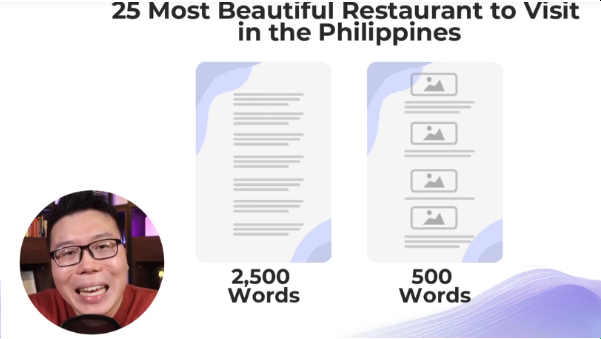
The key is understanding what the searcher is looking for.
All in all, if you have been writing content for a long time and you have heard of all these SEO tips and tricks to manipulate the search engines. just throw them out of your mind.

Good SEO starts with delivering value, by giving searchers what they want in the most efficient manner without caring much about optimising you content for the search engines.

It is contradictory but, we are in a world of sophisticated search engines.




